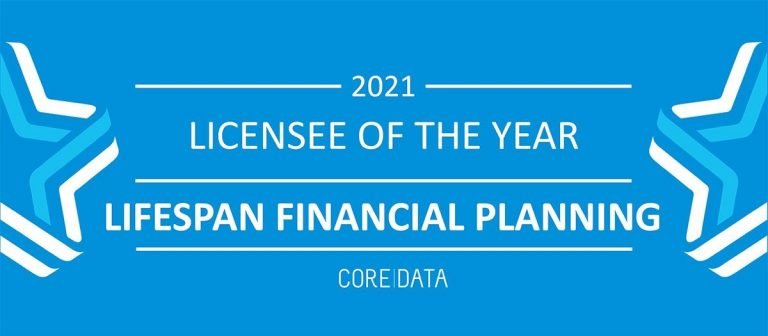The number of Australians establishing SMSFs has been rising consistently since an amendment to the Superannuation Industry (Supervision) Act 1993 in 1999 allowed for SMSFs to be controlled by trustees rather than the federal government.
The Australian Prudential Regulation Authority’s recent statistics on SMSF funds showed there were 595,840 SMSFs operating in Australia, holding $712 billion in assets. The recent revelations from the banking royal commission around the lack of transparency of retail funds’ investments and their tendency to focus on profit rather than the interests of members is likely to only drive more people to set up their own funds.
But how well equipped are SMSF trustees to be managing their own retirement investments?
As part of further investigations in recent years, the Australian Securities and Investments Commission (ASIC) conducted an online survey of 457 SMSF members who had set up their own fund in the preceding five years. The results were published in two reports, “Report 575: SMSFs: Improving the quality of advice and member experiences” and “Report 576: Member experiences with self-managed superannuation funds”. The reports make for sobering reading.
The main reason for setting up an SMSF is greater control over investment decisions. According to ASIC, around one-third of SMSF trustees are naïve about what is required to run their own fund and the benefits of diversification.
In one case, an SMSF member, believing the property market was “over-inflated” and the stock market was too “risky”, held 100 per cent of their SMSF balance in cash with a view to investing in property “in maybe three or four years”.
Survey respondents reported misalignment of their expectations and actual experiences as SMSF members in a number of key areas, including:
- costs to set up and run an SMSF,
- time spent on administering an SMSF,
- the unexpected complexity of running an SMSF, and
- member understanding of SMSFs and their legal responsibilities as SMSF trustees.
Costs of setting up and running an SMSF
Individuals looking to set up an SMSF need to factor in all costs to establish and run their SMSF including amounts to cover any initial and/or ongoing advice, as well as establishment costs, including the appointment of the trustee and registration of the fund.
Once established, there will also be the annual cost of running the fund, including accounting, auditing and reporting costs associated with ensuring the fund is compliant, and the ability for members to extract relevant information during any period of the financial year if needed.
What is the ideal starting balance for an SMSF?
At the heart of this question should be an examination of the client’s needs, goals and objectives: why does the client need an SMSF and would they be better served by a retail fund or even an industry fund?
Advisers should start with an exploration of the client’s ability to act as a responsible trustee. Do they understand their obligations as a trustee and do they have the time, interest and ability to ensure the fund is adequately serviced and remains compliant?
Cash-flow analysis, on both the fund’s proposed underlying investment assets and the overall fund itself (particularly where direct property may be part of the fund’s investment strategy), will also influence the suggested starting balance.
Time to spend on SMSF administration
The time required to manage and administer an SMSF will often depend on what type of investor the client is and how active they are when managing their SMSF investment portfolio. Having said that, 38 per cent of respondents in the ASIC survey said running an SMSF was more time consuming than they expected.
All SMSF trustees will need to undertake some level of regular investment research on their investment options. Hand in hand with this is the ongoing monitoring of the investment strategy and the performance of current and future investments. This may include the need to organise annual valuations of assets such as direct property investments.
Trustees also need to be mindful of the need to meet their regular reporting obligations, ensure the fund remains compliant and keep abreast of changes in regulation or super laws that may affect trustee responsibilities.
They need to appreciate that they remain responsible, and will be held accountable, for the compliance of their SMSF at all times.
Dealing with the complexity of running an SMSF
The main arguments against SMSFs relate to the complexity of running the fund and in meeting compliance obligations.
Trustees can certainly outsource many aspects of running a fund, but are obligated to ensure the investments selected for the fund remain appropriate. The ASIC survey revealed 6 per cent of SMSF members had not made any investments since setting up their SMSFs, with the most common reason being they had not yet found the right property to buy.
The ATO can conduct a random audit of an SMSF at any time. The penalties for non- compliance are high and receiving a notice of non-compliance from the ATO usually has devastating tax consequences.
Understanding of SMSF concepts and legal responsibilities as a trustee
SMSF trustees are required to have a sufficient level of financial literacy to make investment decisions that are consistent with their fund’s investment strategy. However, ASIC’s advice review revealed 33 per cent of members did not know their SMSF was legally required to have an investment strategy. Even fewer than that (28 per cent) were aware SMSF trustees are required to consider the insurance needs of all members when drafting an investment strategy.
Clients should also be made aware they – not their financial adviser, accountant or lawyer –are legally responsible for their SMSF. A few simple questions during the initial interview will quickly determine whether a person has the requisite financial literacy to carry out the legal responsibilities of an SMSF trustee.
Just as important is recognising when clients no longer have the cognitive ability to function as an SMSF trustee. Assisting clients with succession planning and/or winding up their SMSF is crucial at this time.




